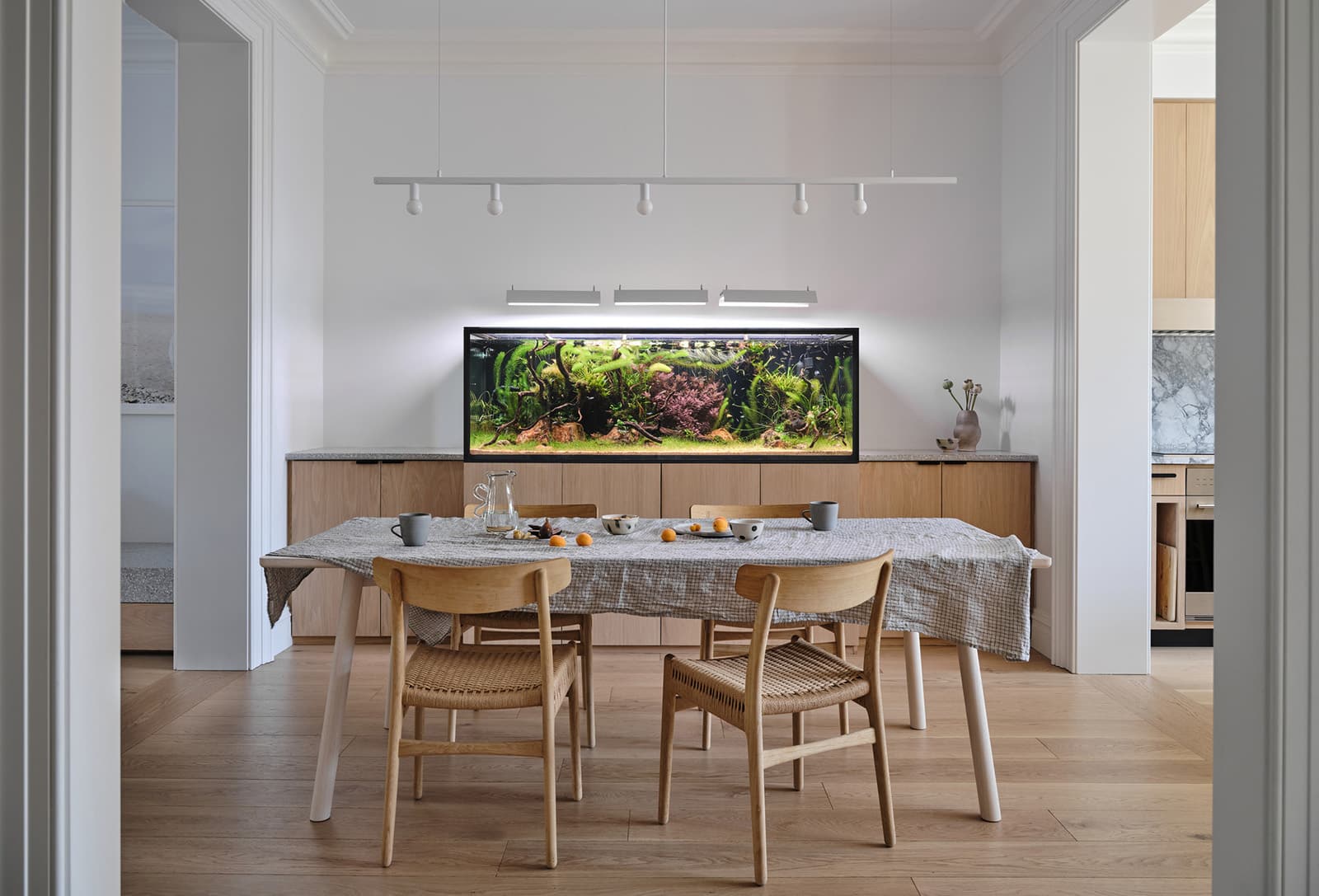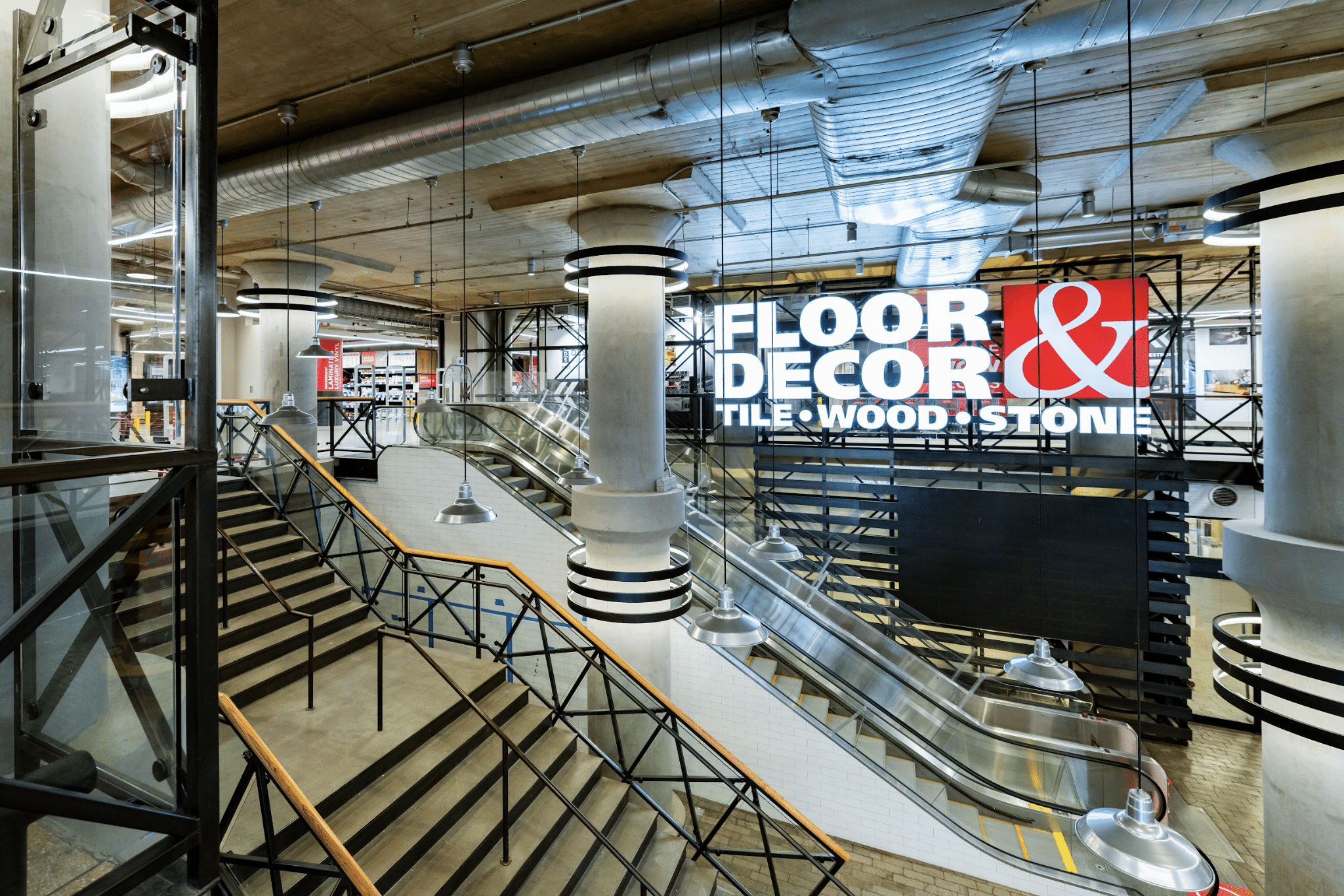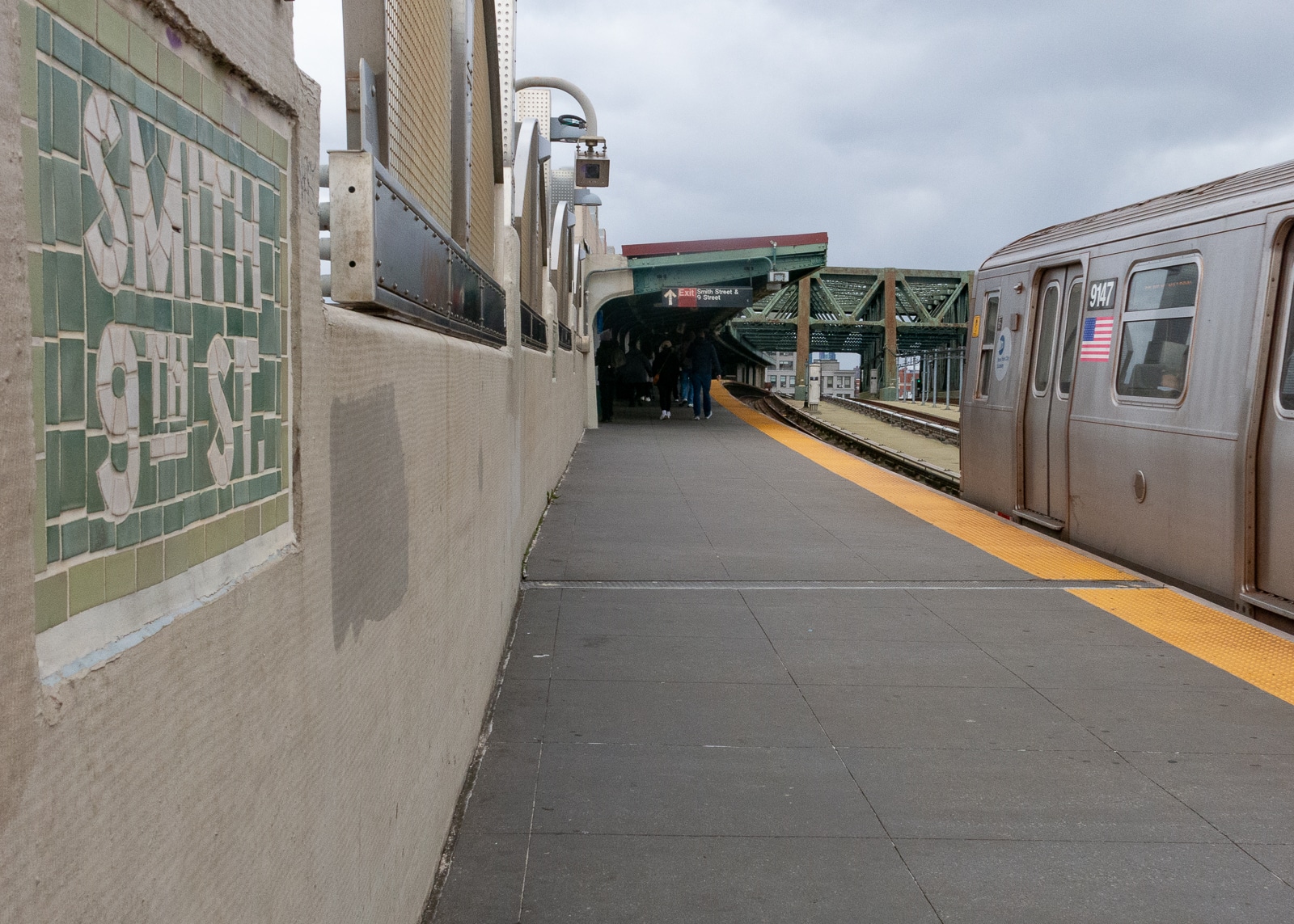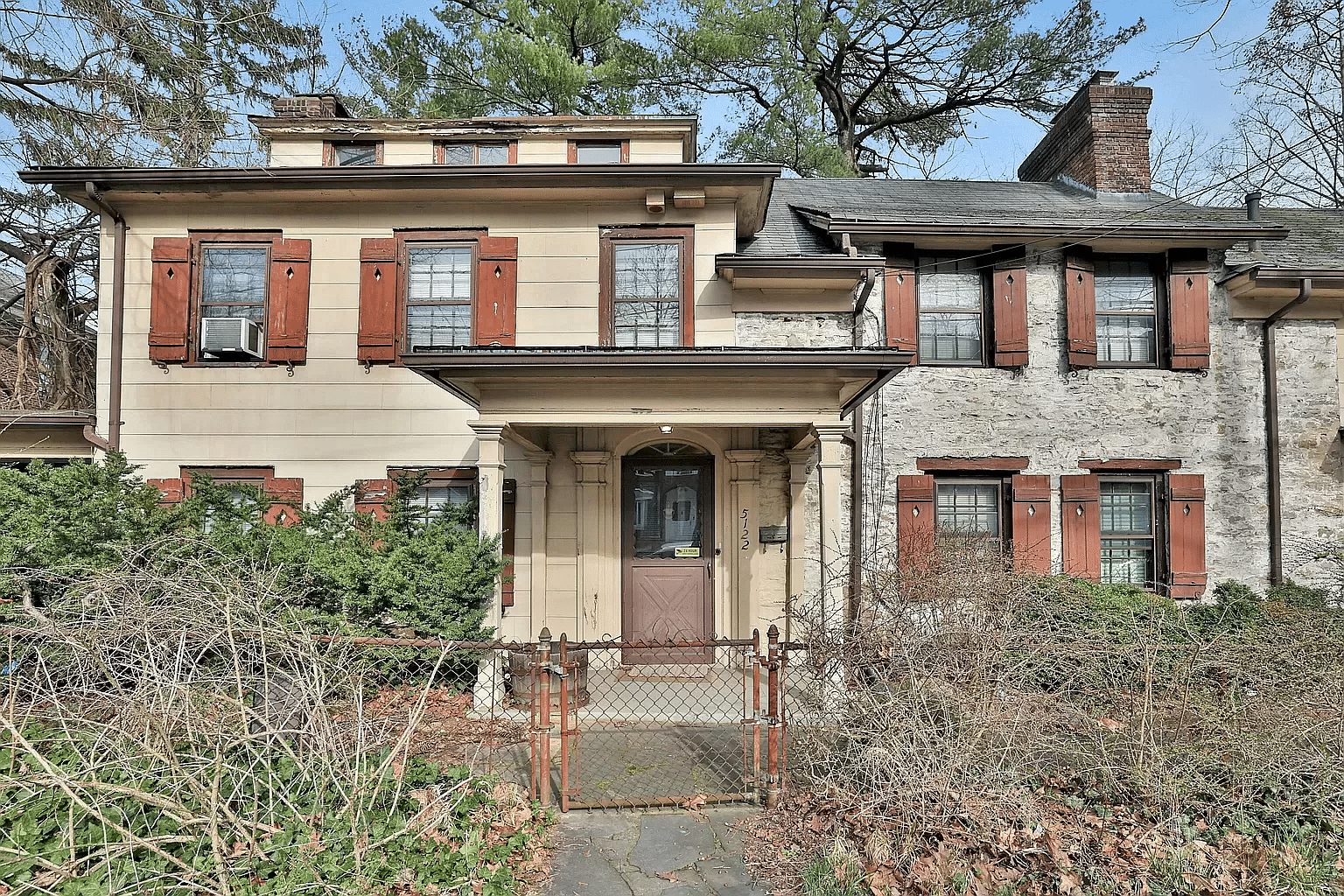Hello Living, Hello Gentrification?
An article in the Sun this morning takes a look at Hello Living, Eli Karp’s eight building, 106-unit condo development on the Prospect Heights-Crown Heights border and focuses on whether the project will spur gentrification in the surrounding area. Unsurprisingly, Karp and the real estate brokers interviewed for the piece definitely think it’s a marked…

An article in the Sun this morning takes a look at Hello Living, Eli Karp’s eight building, 106-unit condo development on the Prospect Heights-Crown Heights border and focuses on whether the project will spur gentrification in the surrounding area. Unsurprisingly, Karp and the real estate brokers interviewed for the piece definitely think it’s a marked change for the better. “I had to create my own neighborhood,” says Karp, who also opines that “everything is going to double within the next few years” in terms of the value of his product. Brendan Aguayo, a broker for the project, which is mostly clustered off Washington on Pacific and Dean, says buying there is tantamount to “investing in the ground floor of a neighborhood.” Units in two of Hello Living’s eight buildings have been on the market for almost a year, and 20 of the 25 condos have been sold for prices ranging between around $350,000 and $550,000; prices on four of the remaining units, which cost between $700,000 and $1.3 million, were reduced. In other words, the higher-priced units are taking longer to sell. Do you believe the broker and developer hype on this one? Obviously, the fate (or non-fate) of Atlantic Yards, which is right next door, will have a lot to do with shaping this area, and it’s tough to guess how big an effect eight mid-rise condos will have on the neighborhood’s fabric.
Developer Pushes New Vision for Prospect Heights [NY Sun]
Development Watch: Hello Living Complex Continues to Rise [Brownstoner]
Development Watch: Pacific Blue Spreads to Dean Street [Brownstoner]
Photo by threecee.









My 98’s boomin’ with a trunk of funk
All the jealous punks can’t stop the dunk
Don’t believe the hype!
Don’t believe the hype
Don’t believe the hype
If you are going to build new construction in an older building area this seems like a good way to do it.
New construction usually plays out in one or two ways. It’s either a giant tower glaring down on its neighbors or a smaller building that looks trapped in its new neighborhood. The idea of building 5-6 new buildings spread out between the existing 10-15 buildings on one block of a street sounds like a great way to revitalize a neighborhood.
We’ll see how it plays out.
“Do you believe the broker and developer hype on this one?”
Never trust a salesperson. The most powerful tool in business is deception.
“You won’t be there if you’re a renter and you’re eventually priced out. Maybe you could rent a unit from Montrose Morris, who is famous for practicing what he/she preaches about affordable housing.”
My beautiful bride and I own a two-story brick brownstone in the Crown Heights landmark district which we purchased in 2000. We had rented out the top floor 1.5 bedroom apartment, but we’ve done quite well since then and now keep the whole house to ourselves. I am a neighbor (apparently) of Montrose, whom I happen to think is easily the most knowledgeable and eloquent frequent Brownstoner poster. Like me, Montrose knows Crown Heights is the place to be. My wife and I plan on being here for the forseeable future.
“You won’t be there if you’re a renter and you’re eventually priced out. Maybe you could rent a unit from Montrose Morris, who is famous for practicing what he/she preaches about affordable housing.”
My beautiful bride and I own a two-story brick brownstone in the Crown Heights landmark district which we purchased in 2000. We had rented out the top floor 1.5 bedroom apartment, but we’ve done quite well since then and now keep the whole house to ourselves. I am a neighbor (apparently) of Montrose, whom I happen to think is easily the most knowledgeable and eloquent frequent Brownstoner poster. Like me, Montrose knows Crown Heights is the place to be. My wife and I plan on being here for the forseeable future.
You won’t be there if you’re a renter and you’re eventually priced out. Maybe you could rent a unit from Montrose Morris, who is famous for practicing what he/she preaches about affordable housing.
Gentrification is very much in the eye of the beholder. I like the area the way it is. Like Montrose says, those of us already here will remain even after newcomers arrive and subsequently seek to “define” the area.